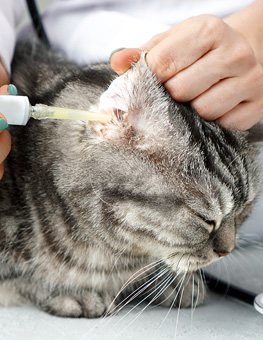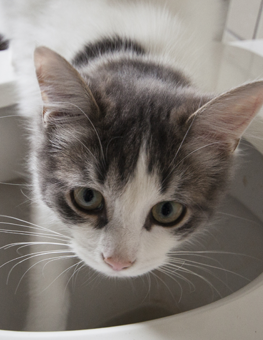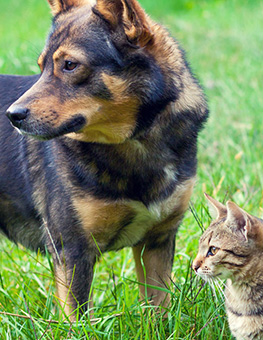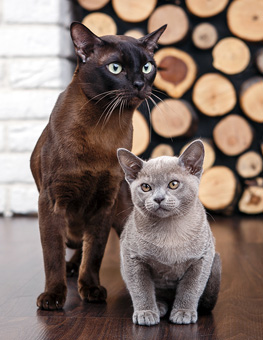Mind Your Manners: Begging
Begging is a problem behavior where dogs will paw, whine, or bark to solicit food during his owner’s mealtime or anytime food is present.
Jason volunteers at the John A. Bukowski Shelter for Animals in Bloomfield, NJ and provides in-home, private obedience training and behavior modification. He specializes in housebreaking, owner-leadership, obedience, socialization, and behavioral problems. His pit bull mix Princess helps out with training and is often at his side.
This sometimes subtle, sometimes obtrusive occurrence can be at the very least, frustrating or embarrassing at mealtimes in your home.
In most cases, begging is a result of the unintentional rewarding of the behavior. Perhaps your dog was the lucky recipient of food falling to the floor. Other times, it’s a result of feeding your dog from the table in return for a paw or sit. Whatever the cause, your dog has learned to associate his presence at mealtime and assertive behavior with a food reward.
Before you remedy this behavior and replace it with an acceptable alternative, you must consistently deal with the problem and first and foremost, never share your food while you are eating or where you normally eat. This includes feeding leftovers from the table or tossing him the occasional potato chip while you’re sitting on the couch. Further, this should extend to anyone who interacts with your dog.
To develop an acceptable alternative, you’ll want to possess a strong stay (sit or down) cue with your dog. Choose the place in your home where you would like him to stay while you’re eating. Begin practicing the stay cue in this place at non-mealtimes (Initially, your dog should be kept in another room at mealtimes or far enough from the table so they can’t engage in begging). While practicing, you can tie him to something to keep him in the area. Be sure to reward him with praise and treats for holding the stay while you are away from him and gradually increase the time you expect him to stay. If he breaks the stay, lure him back into position reward him. As he improves, you can untie him. Continue practicing this during non-mealtimes until he can hold a stay for a long period of time.
With a strong stay, now you can practice during a mealtime. With his leash on, but not tied to anything, place him in a stay in his spot and continue with your meal. If he breaks the stay, follow with a strong “NO!” and using the leash, return him to his place while saying “go to your place”. If you have to repeat several times, he might not be ready for the food distraction so go back to practicing without food for a while.


















